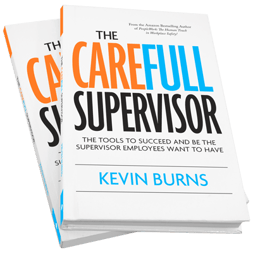Once upon a time, all you needed to do was threaten people to get them to comply with safety’s rules and procedures. And you would get blind compliance. They wouldn’t like it, but they would do it for fear of losing their jobs. And it made for a terrible place to work.
 Then, we evolved (we think we did but no, we didn’t) to safety meetings replete with gory photos and dismembered limbs. Injury-survivors told their 30-year-old “don’t do what I did” stories (it’s hard to believe that these old and ineffective practices are still being used today in some workplaces).
Then, we evolved (we think we did but no, we didn’t) to safety meetings replete with gory photos and dismembered limbs. Injury-survivors told their 30-year-old “don’t do what I did” stories (it’s hard to believe that these old and ineffective practices are still being used today in some workplaces).
Bad and ineffective management felt the need to resort to scare tactics to coerce their employees into being safe. There is a certainly irony in scaring workers into being safe.
COVID can help safety.
Then, along came COVID-19 and essentially shut down in-person safety meetings featuring injury-survivors regaling us with their unfortunate stories.
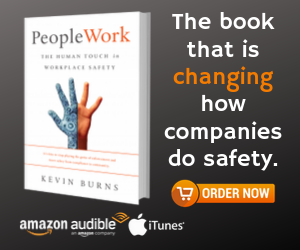
Now, we are forced to deal with the threat of hospitalization and Intensive Care Units for not only ourselves, but for our grandparents or an immunocompromised child. That is what is forcing employees to pay attention to safety protocols. If you don’t follow the protocols, your family could be harmed.
Safety personnel have been, for years, trying to figure out a way to get employees to take safety home. Well, this is what it looks like. As much as carelessness in safety protocols at work can affect family, carelessness at home can end up affecting your fellow employees. When it comes to coronavirus, there are no more boundaries between work safety and home safety.
Safety is truly a team issue.
Good teams don’t need to threaten their members. They protect their members like they would protect their own families. Safety isn’t a program of punitive measures and rules enforcement. Safety is the result we get when we care about the work we are doing, the people we are doing it with, and the way we are doing that work.
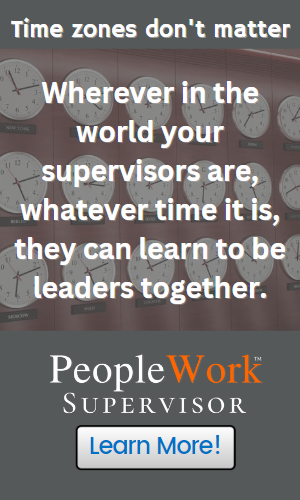
That’s the level we must now be operating at. A single careless moment today can affect the lives of many others days or weeks down the road. We must all be safety-focused and care-aware.
Safety requires participation by all members of the team. That requires great coaching, leadership, and inspiration. Supervisors and safety personnel have to get their people to reach down deep inside and find the internal motivation to protect themselves, their co-workers and the families of their co-workers too.
How we can become more care-aware.
Here are 4 key strategies to inspire excellent safety performance from your team:
1. Make safety personal to each person. Not everyone learns the same. People have their own context, the way they see the world. They have their own values that drive their decision-making. Some don’t read well. Some learn best by auditory. Some learn better when they see it and touch it. Standing at the front of a room and delivering instruction doesn’t land the same in every brain. Pay attention to pro sports teams. The good coaches work one-on-one with individual players to improve skill and performance. Make safety personal with every employee, every day.
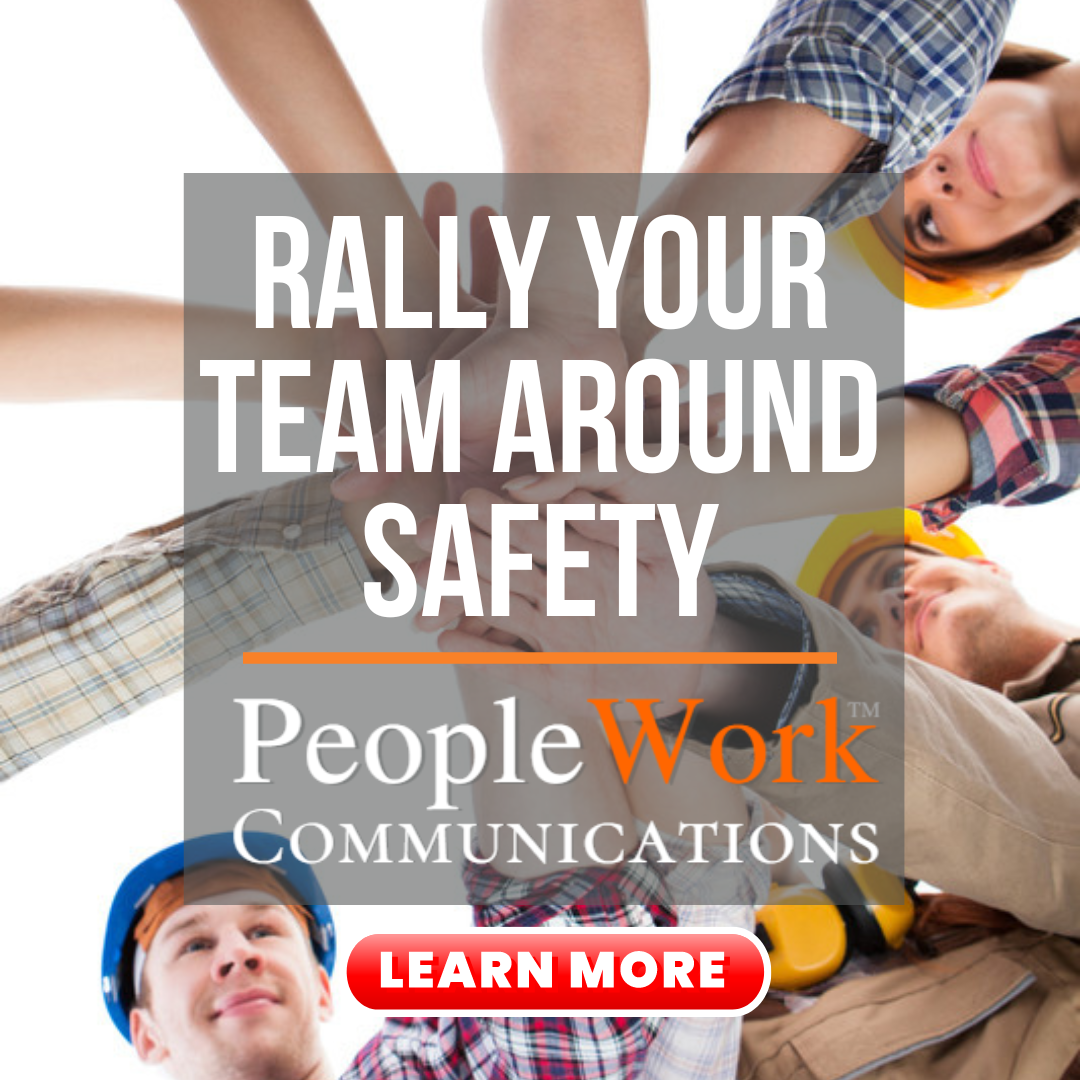 2.The safety program is ineffective without a coherent communications strategy. You, as a supervisor or safety person, may know what is in the safety manual and why it is there. You may even have your safety certifications and designations. But do you have the necessary communication skills to connect with and engage your people? Employees will only achieve excellent safety performance when they receive excellent communication. If you find that you have to repeat yourself because the same issues keep coming up, it’s not them - it’s you. Learning about safety and getting certified is the easy part of safety management. Creating an excellent communications program is the hard work, the ongoing work (but I can help you with that).
2.The safety program is ineffective without a coherent communications strategy. You, as a supervisor or safety person, may know what is in the safety manual and why it is there. You may even have your safety certifications and designations. But do you have the necessary communication skills to connect with and engage your people? Employees will only achieve excellent safety performance when they receive excellent communication. If you find that you have to repeat yourself because the same issues keep coming up, it’s not them - it’s you. Learning about safety and getting certified is the easy part of safety management. Creating an excellent communications program is the hard work, the ongoing work (but I can help you with that).
3. You have to care. You can’t fake this one. You can tell when someone is being disingenuous. You can tell a fake from a friend. Everyone has the same radar that lets them know when someone cares and when someone is giving them lip-service. If you can tell, your co-workers can tell. You, as a supervisor, manager, or safety person, are in a position where caring matters. If someone gets hurt, you had better take it personally. Your level of care for your fellow workers should keep you awake at nights. It should worry you. If you care, you don’t allow excuses to get in the way of keeping your people safe. People who care, matter. People who don’t care, don’t matter. People will care about their safety when they know how much you care about their safety.
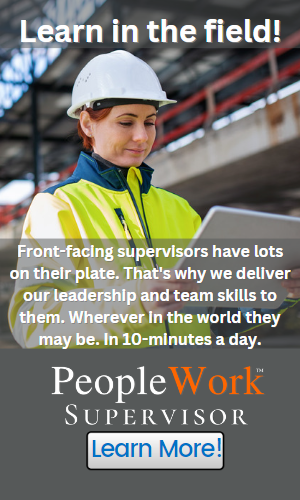 4. You have to get better. The team doesn’t improve until you do. If you don’t improve, they don’t improve. Don’t expect your crew to wake up one morning and to have magically gotten better overnight. People improve in proportion to how well the instruction, training, managing, and coaching improves. In order for that to happen, the person who does the training, managing and coaching has to improve first. Business gets better when the people in the business get better. Safety gets better when everyone involved in safety gets better. Be a leader. Show them the example of what “getting better” looks like.
4. You have to get better. The team doesn’t improve until you do. If you don’t improve, they don’t improve. Don’t expect your crew to wake up one morning and to have magically gotten better overnight. People improve in proportion to how well the instruction, training, managing, and coaching improves. In order for that to happen, the person who does the training, managing and coaching has to improve first. Business gets better when the people in the business get better. Safety gets better when everyone involved in safety gets better. Be a leader. Show them the example of what “getting better” looks like.
To inspire better participation in the safety program, you must make safety inspiring. People don’t just change their minds about safety. They make new decisions based on new information. Peddling the same things you’ve always said the same way you’ve always said it hasn’t worked so far. It won’t today either.
--
Kevin Burns is the President/CEO of KevBurns Learning. Kevin works with smart, caring companies to energize safety culture, build teamwork, and improve employee participation in safety.
In 2020, BookAuthority.org named PeopleWork #7 of The Top 44 Workplace Safety Books of All Time. Buy yourself a copy of PeopleWork: The Human Touch in Workplace Safety and give another as a gift to a colleague.
Subscribe to Kevin’s Blog.

